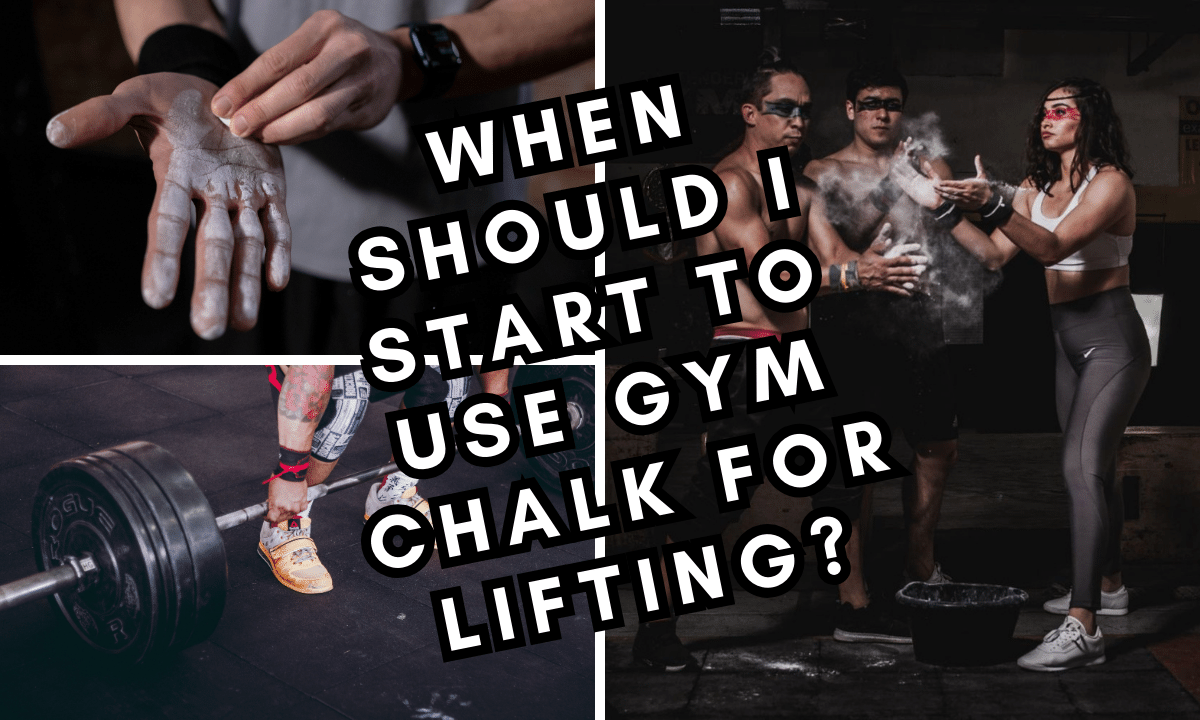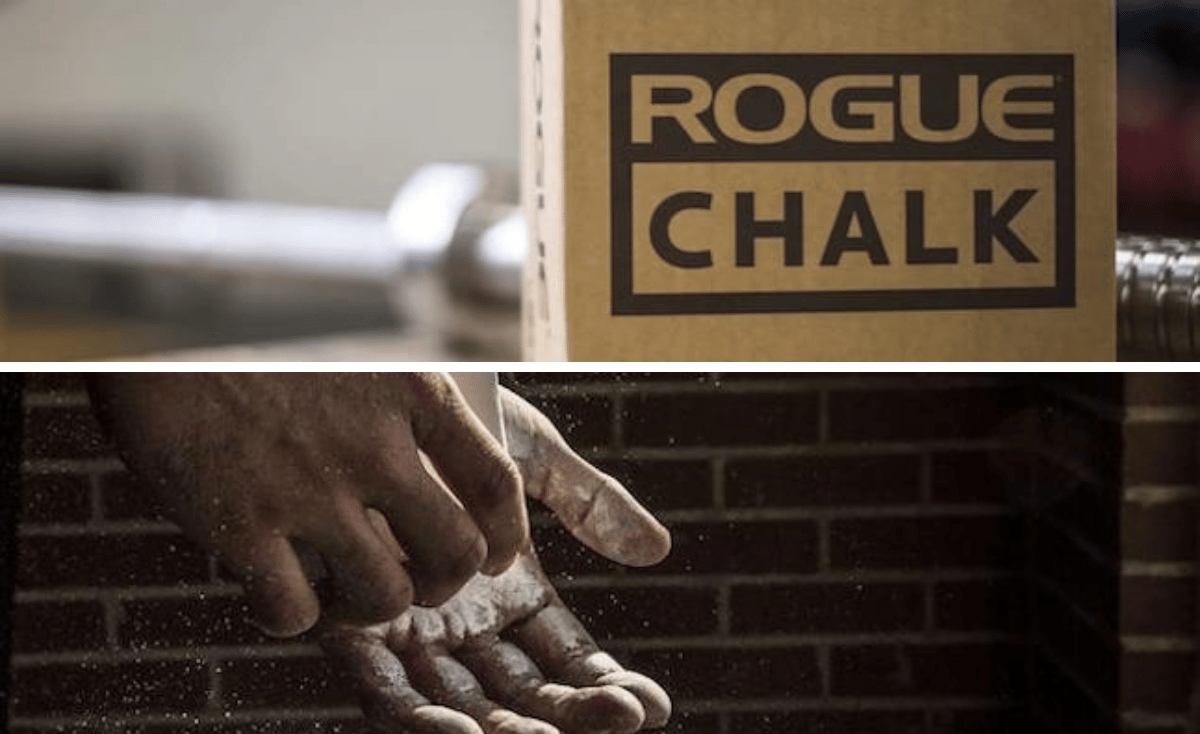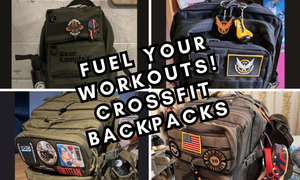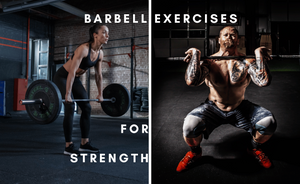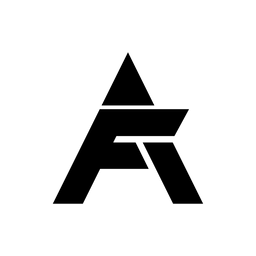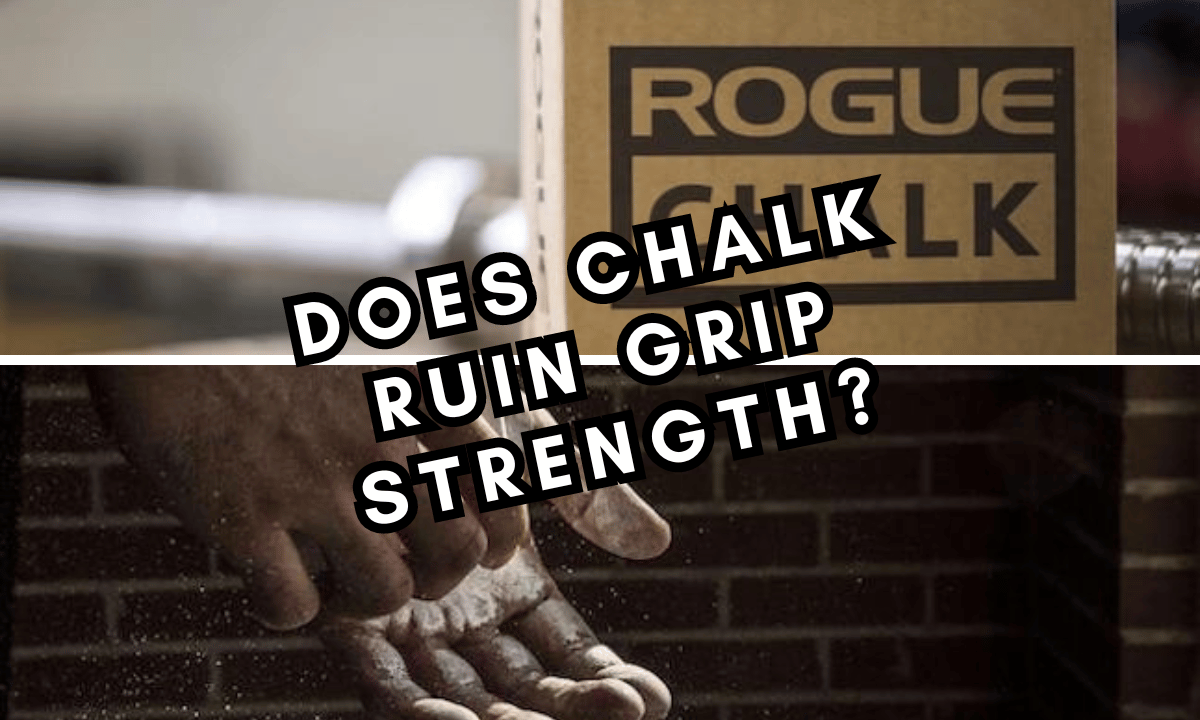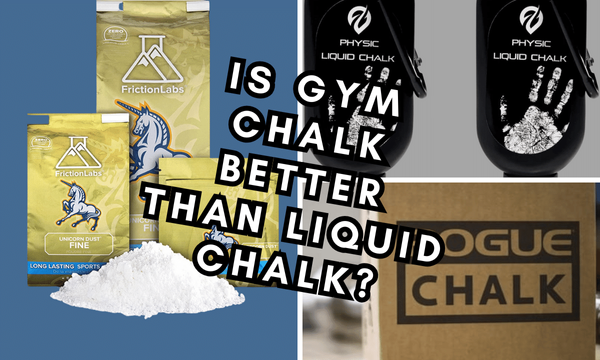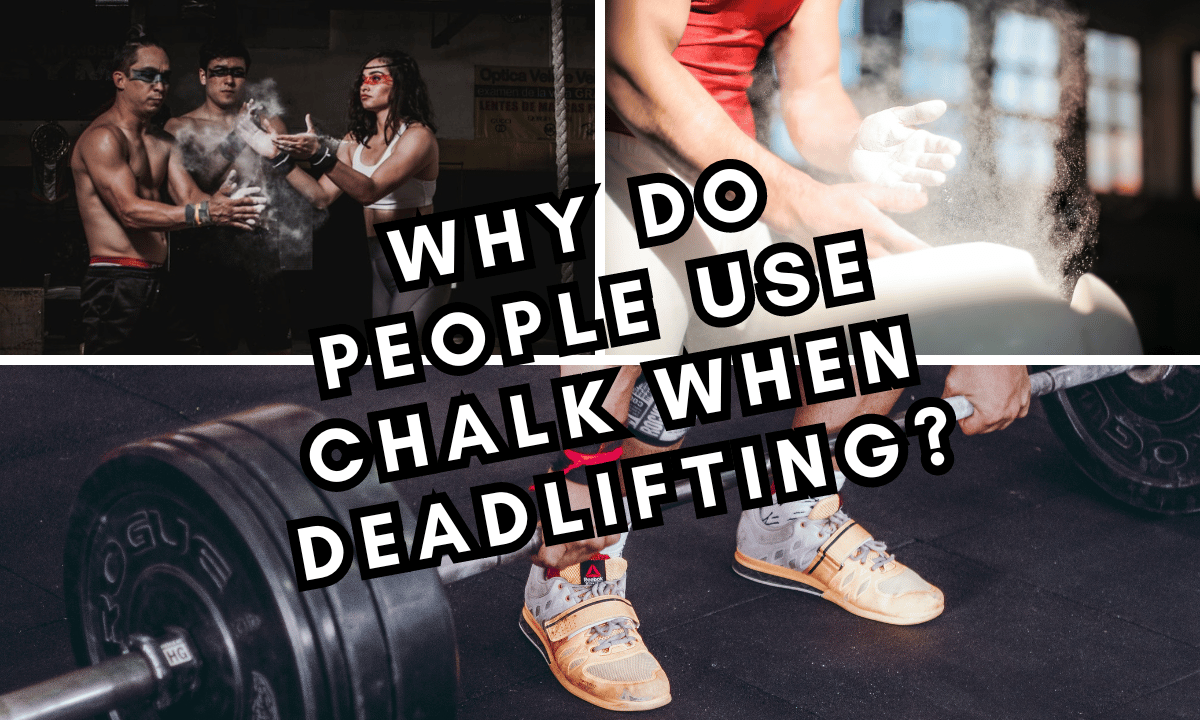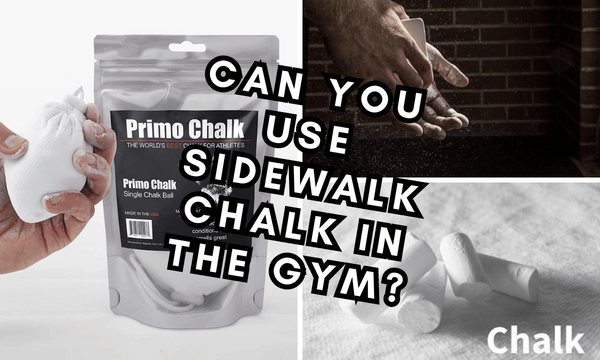When it comes to lifting and fitness, the age-old debate between using gloves or chalk for grip enhancement never seems to lose steam. What’s better gloves or chalk? With each offering unique benefits, it can be overwhelming to decide which is right for you.
In this blog post, we’ll explore the advantages and disadvantages of gloves and chalk, delve into their practical applications, and even discuss alternative grip-enhancing options. So, let’s dive right in and find the perfect grip solution to help you reach your fitness goals!
Key Takeaways
- Discover the unique benefits and drawbacks of gloves vs. chalk for fitness enthusiasts to make an informed decision about what’s best for your needs.
- Strengthen grip strength with exercises such as Farmer’s Walk, Dead Hang & Plate Pinch without overreliance on gloves or chalk!
- Take proper hand care to prevent tearing and calluses while maximizing performance in powerlifting, Olympic lifting & winter training!
Gloves vs. Chalk: The Great Debate
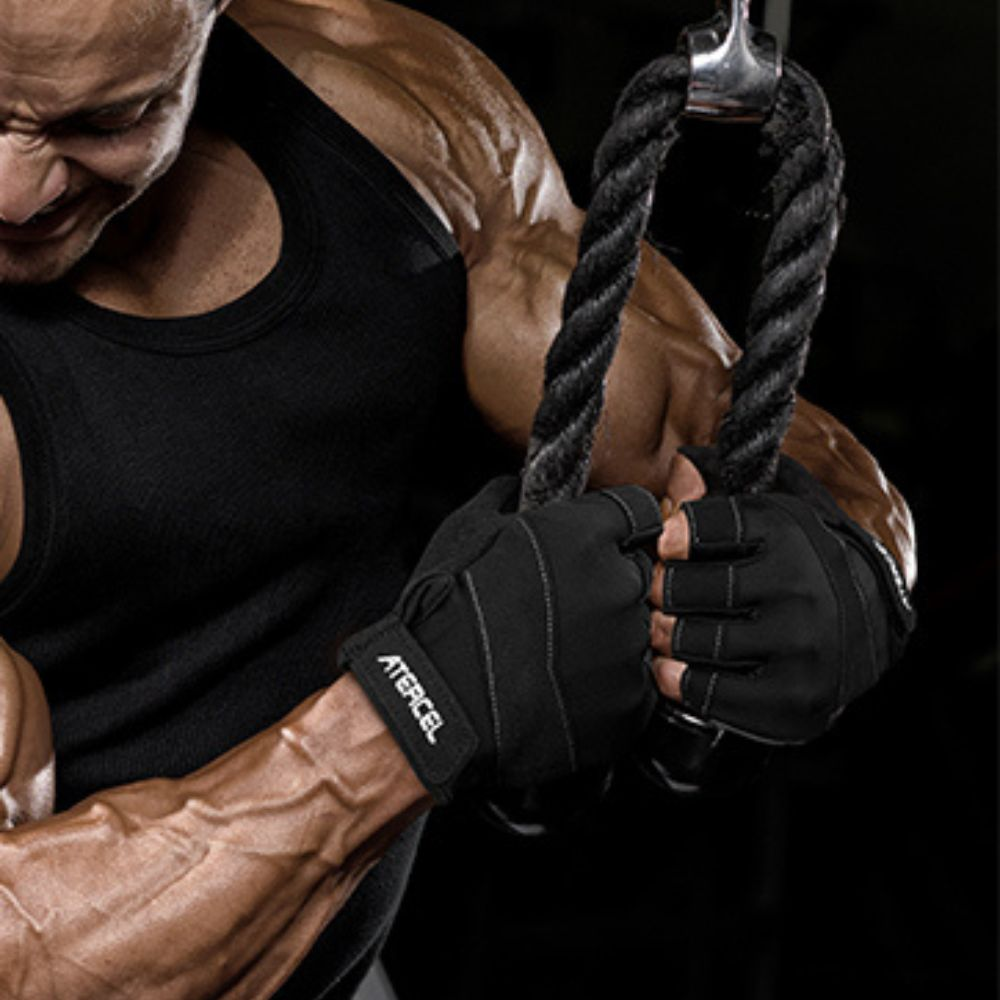
As fitness enthusiasts, we’re always hunting for ways to enhance our performance and make our workouts more effective. Gloves and chalk both provide essential support for lifting and other fitness activities.
Gloves offer hand protection and wrist support, while chalk helps to improve grip strength, especially for those with sweaty hands. But, as with most things in life, each option has its pros and cons, influencing their suitability for different types of training.
Given that gloves act as a protective barrier and chalk aids in enhancing grip through increased friction, evaluating their respective pros and cons will guide you in choosing what’s best for your needs.
In the following sections, we’ll explore the specific benefits and drawbacks of gloves and chalk, and discuss their practical applications in various training environments.
Gloves: Pros and Cons
When it comes to gloves, they serve as a protective layer between your hands and the training equipment, shielding your palms from calluses and providing wrist support.
Some gloves even come with built-in wrist wraps for added stability. However, gloves can also interfere with your grip and kettlebell movements, potentially affecting your performance.
The effectiveness of gloves heavily relies on the material used. Full-handed, leather gloves may cause increased perspiration, leading to an uncomfortable experience.
On the other hand, gloves with a silicone grip in the palm can hinder kettlebell movements if the material is too grippy. To circumvent these problems, make sure your gloves fit well and are composed of suitable materials.
Chalk: Pros and Cons
Chalk, on the other hand, offers a different set of benefits for fitness enthusiasts. By enhancing grip strength and preventing slipping, chalk enables you to lift heavier and perform more repetitions on your final sets.
However, chalk may not prevent calluses and can lead to dry skin.
Gym chalk, made of magnesium carbonate, is ideal for powerlifting and Olympic lifting exercises, heavy barbell pulling exercises, and dynamic kettlebell exercises.
Chalk helps to reduce sweat, improve grip, and provide a more comfortable and secure lifting experience, making it a popular choice among athletes and fitness enthusiasts.
Types of Gloves and Chalk for Fitness Enthusiasts
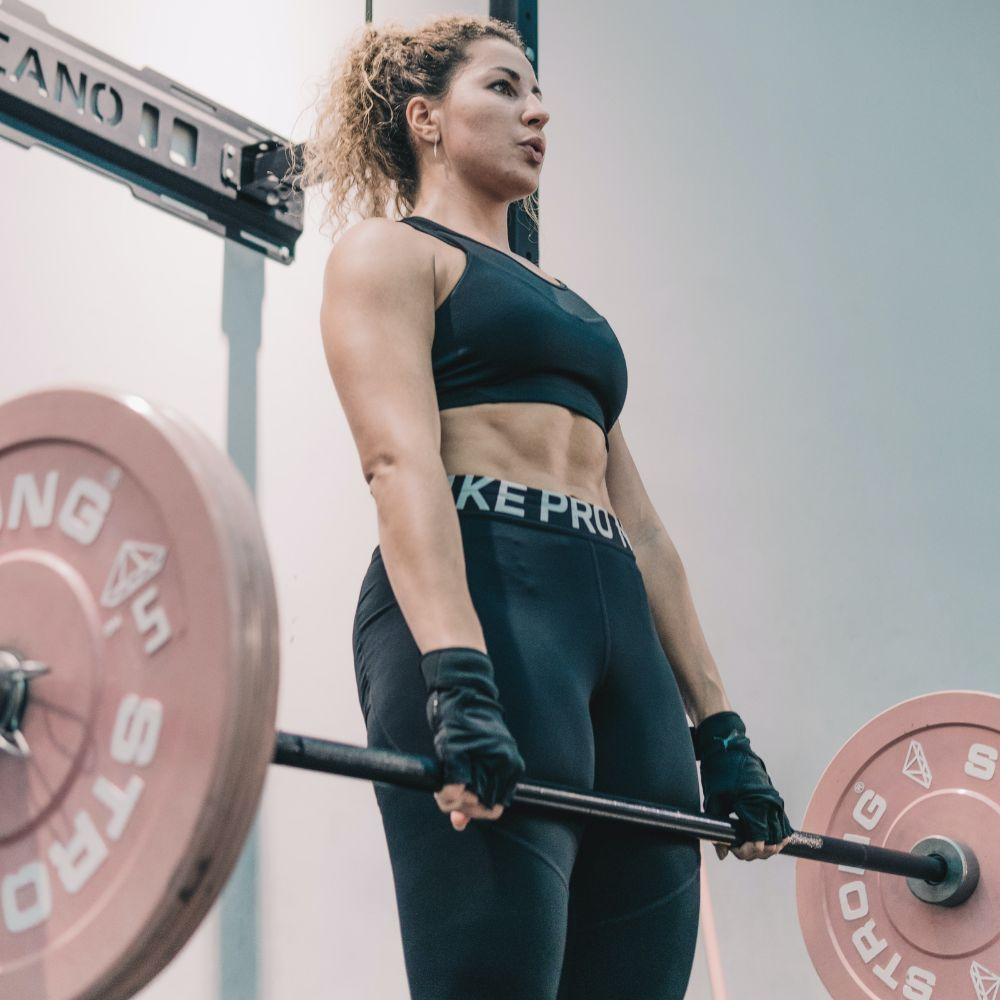
Given the wide range of gloves and chalk options available, comprehending which ones align best with your unique needs and preferences is pivotal. Weight lifting gloves come in different materials and designs, providing breathability and wrist support to help you reach your fitness goals.
Chalk, available in both liquid and dry forms, caters to individual preferences and training environments. In the following sections, we’ll discuss different types of gloves and chalk to help you make an informed decision.
Whether you prefer gloves for added protection or chalk for improved grip, knowing the different options available can help you make the most out of your workouts. Delving further into the realm of gloves and chalk, we will examine the different kinds and their respective advantages.
Weight Lifting Gloves
Weight lifting gloves are designed to offer protection and support during your workouts. They come in various materials, such as:
- cotton
- leather
- lycra
- neoprene
- nickel
- nylon
- polyester
These materials provide durability, comfort, and sweat absorption. Weight lifting gloves, through their design, can markedly boost your gym performance during weight training by improving your grip force regulation and safeguarding your hands against calluses.
Don’t forget to pack them, along with your lifting straps, in your gym bag before heading out for your weight lifting session.
However, not all gloves are created equal. When selecting the best weight lifting gloves for you, consider factors such as:
- Material
- Finger stalls
- Traction
- Size
- Resistance to deterioration
Choosing well-fitted gloves made from breathable materials such as microfiber mesh and Lycra fabric can keep you dry and comfortable throughout your workouts.
Gym Chalk: Liquid vs. Dry
There are two forms of gym chalk: liquid and dry. While both serve the same purpose of enhancing grip strength, liquid chalk is more practical and less messy than its dry counterpart.
Liquid chalk is crafted by combining magnesium carbonate with alcohol, creating a wet, paste-like consistency that is easy to apply and leaves less residue on your gym equipment.
Dry chalk, though effective, can be a hassle to carry around without making a mess in your sports bag and can create dust and clutter in the gym or outdoors.
Liquid chalk’s convenience and mess-free application make it a popular choice among fitness enthusiasts who want an effective grip-enhancing solution without the fuss.
Practical Applications: When to Use Gloves or Chalk

Having examined the various types of gloves and chalk, grasping their practical uses in diverse training settings becomes imperative. Gloves are perfect for outdoor and winter training, providing warmth and protection from the elements.
On the other hand, chalk is ideal for powerlifting and Olympic lifting exercises, where a secure grip is vital for lifting heavy weights and performing explosive movements.
Understanding when to use gloves or chalk can greatly impact your performance and overall training experience. In the upcoming sections, we will examine in detail the specific uses of gloves and chalk, enabling you to optimize your workouts.
Gloves for Outdoor and Winter Training

Gloves are an excellent option for outdoor and winter training, as they provide:
- Protection from the elements
- Warmth during cold temperatures
- A secure grip on dumbbells or barbells
- Improved overall performance during workouts.
When selecting the best gloves for outdoor training, consider materials such as:
- wool
- leather
- fleece
- acrylic
- polyester
- nylon
These materials provide insulation and keep your hands safe from extreme cold and harsh elements. A well-fitting pair of gloves can help you maximize your winter training performance and stay comfortable throughout your workout.
Chalk for Powerlifting and Olympic Lifting
Chalk is a popular choice among powerlifters and Olympic lifters for its ability to enhance grip strength and prevent slipping during heavy lifts.
By reducing sweat and improving friction between your hands and the barbell, chalk allows for better control of the weights and minimizes the risk of injuries.
Incorporating chalk into your powerlifting and Olympic lifting workouts can help you lift heavier weights and perform more repetitions on your final sets.
With its ability to absorb moisture and provide a secure grip, chalk is an invaluable addition to any serious lifter’s arsenal.
Alternatives to Gloves and Chalk: Grip Pads and Tape

While gloves and chalk are popular choices for grip enhancement, there are alternative options available, such as grip pads and tape. These options provide additional grip support and protection without the need for gloves or chalk.
Depending on your specific preferences and needs, grip pads and tape may be a suitable option for you.
In this section, we will investigate grip pads and tape, alternatives to gloves and chalk, and discuss their advantages and disadvantages in comparison.
By understanding these alternatives, you can make an informed decision about the best grip solution for your fitness goals.
Grip Pads
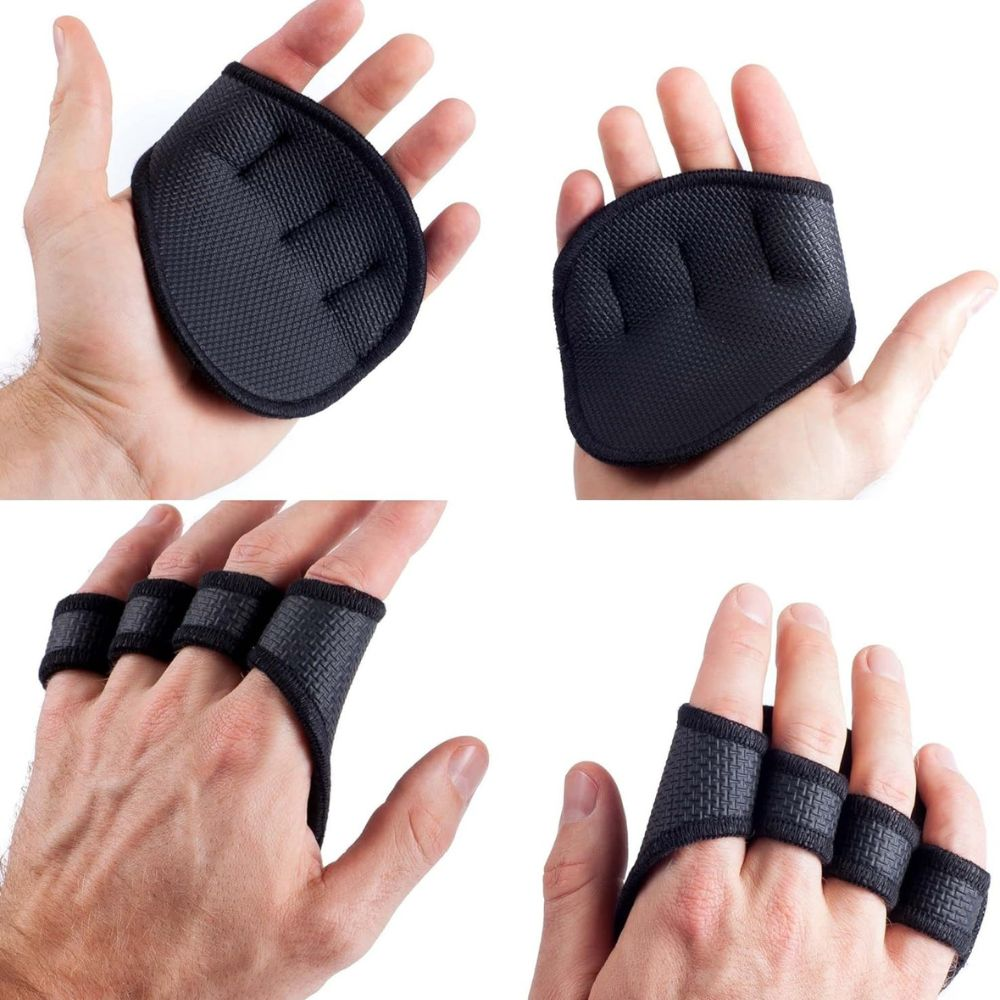
Grip pads are a simplified version of gloves that provide a better grip and padding for your hands, ensuring a firm grip during your activities. They come in various materials, such as rubber and neoprene, with some featuring finger loops for added security.
However, grip pads may not be suitable for all sports or exercises, as they do not offer the same level of protection as gloves or the moisture-absorbing properties of chalk.
Although grip pads can enhance grip and provide hand protection during certain exercises, evaluating their fit for your specific training needs is critical.
Keep in mind that grip pads may not provide the same level of support as gloves or chalk, and you may need to experiment with different options to find the best fit for your needs.
Grip Tape
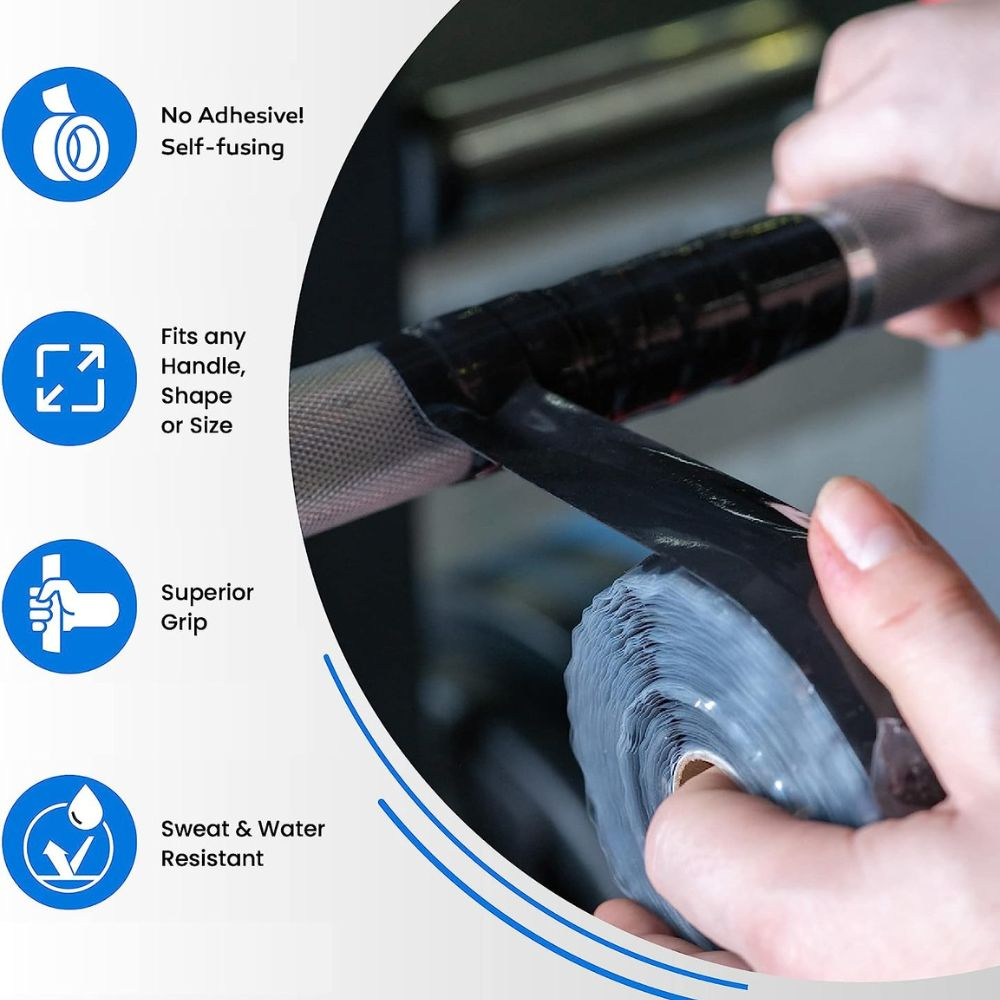
Grip tape is another alternative to gloves and chalk that offers enhanced grip strength, is waterproof, and durable. It can be wrapped around your training equipment, providing a textured surface that increases friction and grip.
However, grip tape can only be attached to personal equipment and may not provide the same degree of grip support as chalk and gloves.
Despite its limitations, grip tape can be a useful addition to your fitness toolkit, especially when gloves and chalk are not suitable options.
By understanding the benefits and drawbacks of grip tape, you can make an informed decision about whether it’s the right grip solution for you.
Tips for Proper Technique and Hand Care
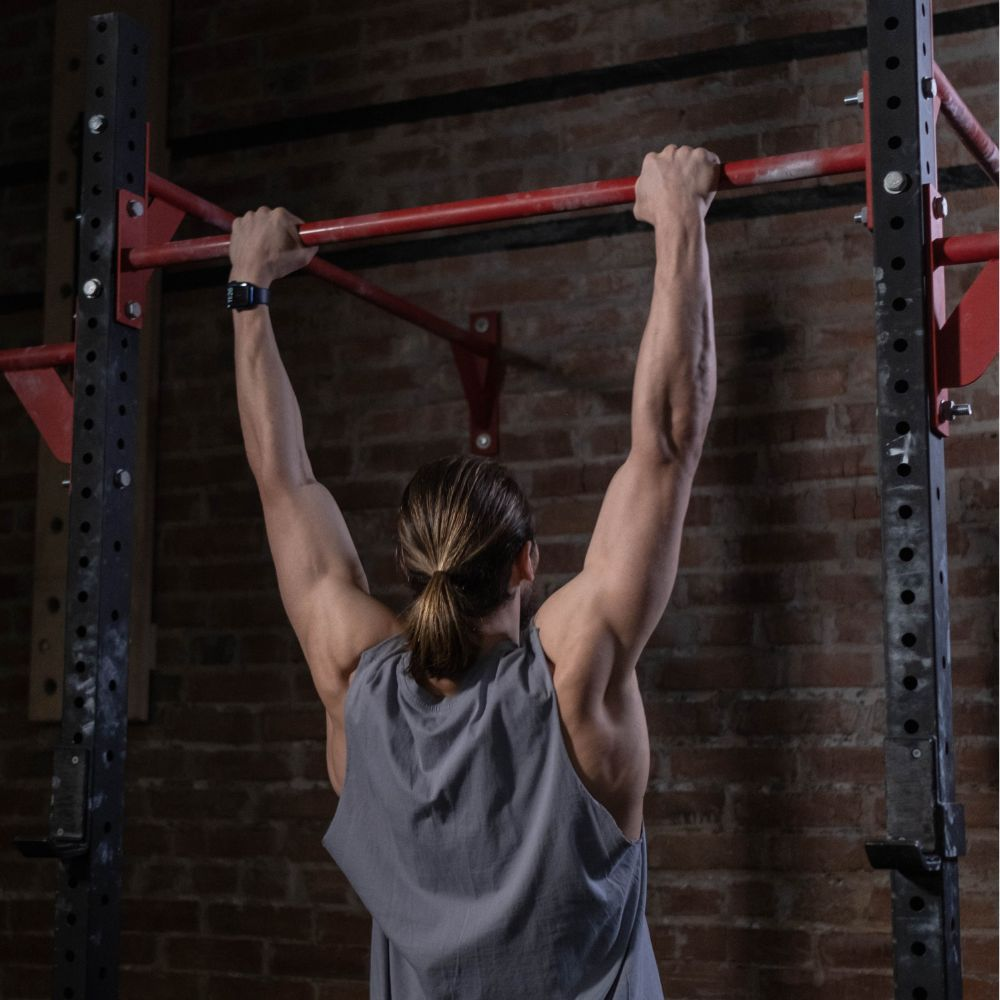
Adopting correct techniques and caring for your hands is vital to prevent hand tearing and calluses, as well as to build grip strength without excessive dependence on gloves or chalk.
focusing on these aspects, you can keep your hands healthy and strong while maximizing your performance during workouts and maintaining direct contact with the equipment.
In subsequent sections, we will offer advice on preventing hand tearing and calluses, and on building grip strength without dependence on gloves or chalk.
With the right approach, you can maintain healthy hands and reach your fitness goals with confidence, without losing grip.
Preventing Hand Tearing and Calluses
To prevent hand tearing and calluses, it’s crucial to focus on proper technique and hand care. Regularly moisturizing your hands, using chalk to reduce sweat, and shaving down large calluses with a pumice stone or sandpaper can help keep your hands in top shape and reduce the risk of injury.
Additionally, mastering kettlebell technique can help minimize friction on your hands and reduce the risk of tearing or calluses. By taking care of your hands and focusing on proper technique, you can prevent injuries and ensure a comfortable, effective workout.
Building Grip Strength without Overreliance on Gloves or Chalk
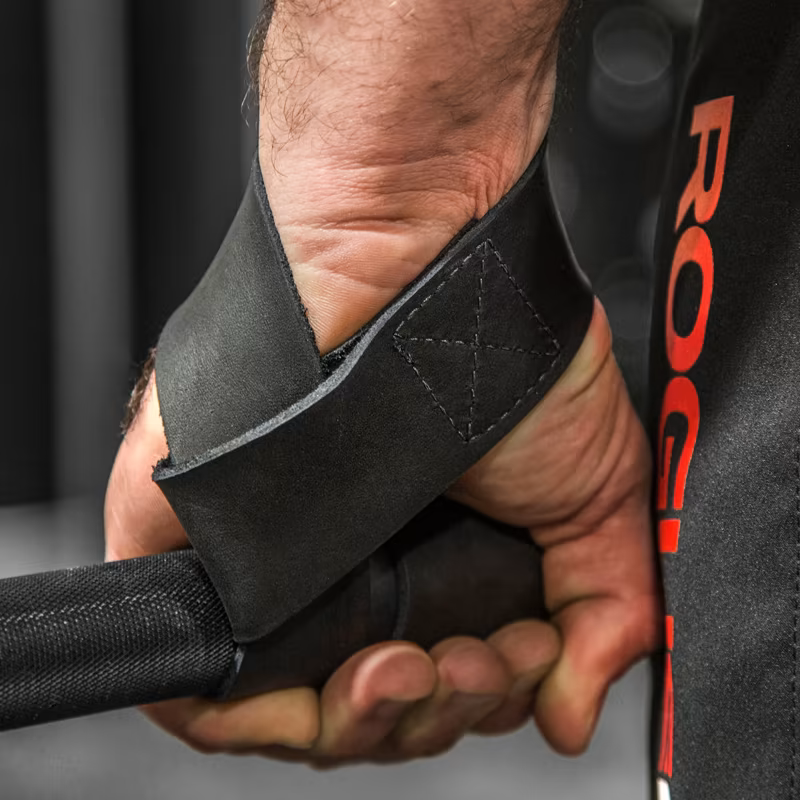
While gloves and chalk can enhance grip, striking a balance between utilizing these aids and cultivating your inherent grip strength is crucial. Here are some exercises that can help you build grip strength without the need for gloves or chalk:
- Farmer’s Walk
- Dead Hang
- Plate Pinch
- Wrist Curls
- Towel Pull-Ups
By incorporating grip-specific exercises, focusing on grip variations, and implementing time under tension, you can develop grip strength without overreliance on gloves or chalk. With the right approach, you can improve your grip strength naturally and enhance your performance during workouts.
Summary
In conclusion, gloves and chalk both offer unique benefits and drawbacks for lifting and fitness. While gloves provide hand protection and wrist support, chalk enhances grip strength and prevents slipping.
Understanding their practical applications and considering alternative grip-enhancing options like grip pads and tape can help you make the best decision for your fitness goals.
Remember, proper technique and hand care are crucial for preventing hand tearing and calluses, as well as building grip strength without overreliance on gloves or chalk. With the right approach, you can maximize your performance and reach your fitness goals with confidence.
Frequently Asked Questions
Are gloves or chalk better?
Chalk is the preferred choice for most gymnasts and power lifters due to its ability to provide a firm grip, while allowing you to feel every nuance of the training body for better performance. Gloves, on the other hand, can reduce sensory feedback from your hands and fingertips.
What is better chalk or straps?
Chalk can help provide an extra layer of protection by decreasing moisture on the hands and providing a better grip, so overall it's the better choice between chalk and straps.
Can I use grip pads or tape instead of gloves and chalk?
Yes, grip pads and tape can be used as an alternative to gloves and chalk. However, they may not provide the same level of support, so it's important to assess their suitability for your needs.
How can I prevent hand tearing and calluses during workouts?
To prevent hand tearing and calluses, practice proper technique, protect wounded areas, moisturize your hands, and use chalk to reduce sweat. You can also shave down large calluses with a pumice stone or sandpaper. Motivate yourself to keep up with these routines for better protection during workouts!
What materials are best for weight lifting gloves?
For optimal weight lifting, materials like cotton, leather, lycra, neoprene, nickel, nylon, and polyester are your best bet. These materials provide a durable, comfortable, and sweat-absorbing experience.
